Have you wondered why we humans have two eyes facing the front, and other animals have two eyes on each side of their heads? Have you ever wondered what their vision looks like and how they benefit from it? In this article, we will talk about the animals with eyes on the side.
Monocular vision is a vision where the two eyes are positioned on the two opposite sides of an animal’s head. Animals with monocular vision can see two things at once. It enables one to have a wide view that helps the prey to spot the predators easily. Listed below are the 15 Animals with Eyes on the Side.
Eagles
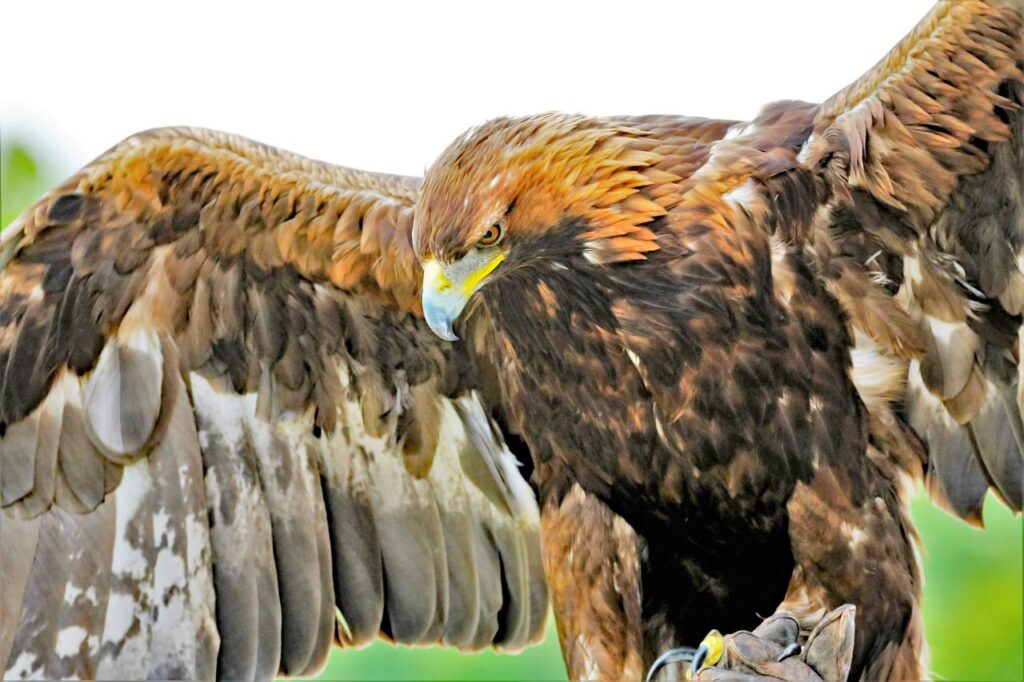
Did you know that eagles have a clearer vision about eight times than humans? Eagles stand out when we talk about long-distance vision. They have two foveae. And these two are located at the center of the retina. This is a funnel-shaped part of the retina where they receive the sharpest images.
The vision of the eagles allows them to focus on one thing and spot them even at a far distance. The second fovea of an eagle enables them to enhance their sideways-sight processing of images.
Frogs

Frogs are considered to have the best and exceptionally great night vision. Their eyes are positioned on top of their heads which enable them to have a vision of 180 degrees. This vision helps them to spot the prey and predators quickly.
If we humans can hardly see in the dark, frogs are different. Frogs can identify and see distinct colors as well as shapes. They have very sensitive rods that cannot be found in other vertebrates.
Chipmunks
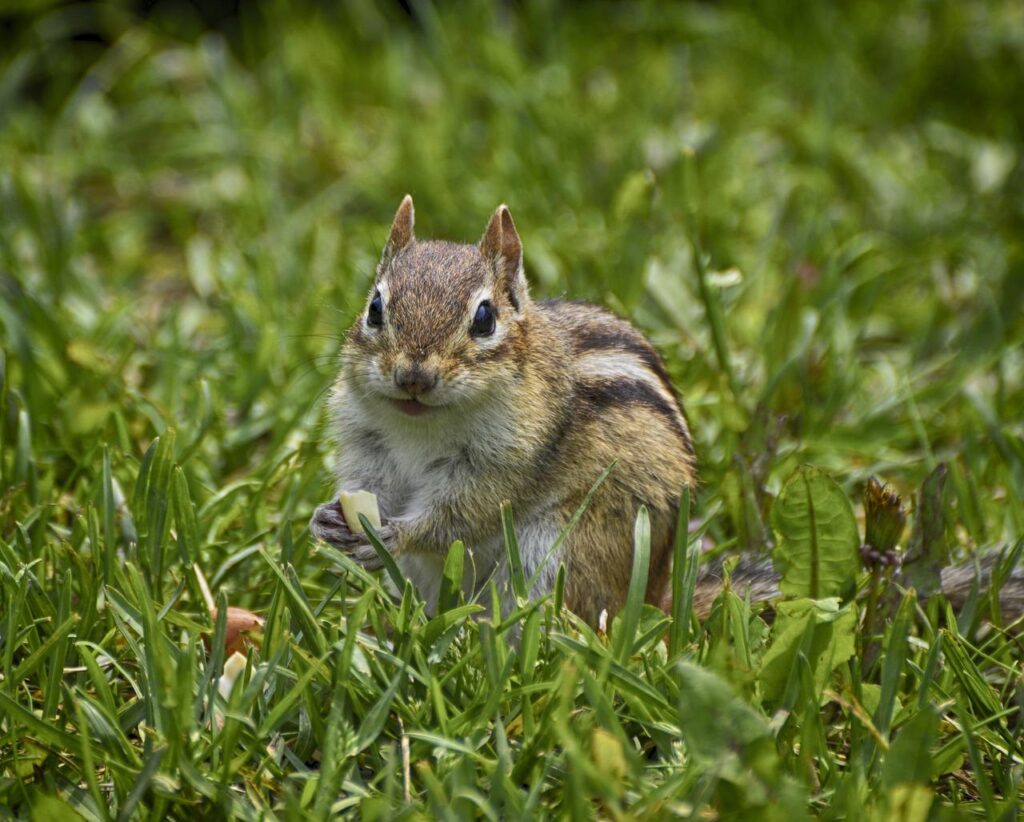
The eyesight of the chipmunks is larger and faster compared to human eyesight. Because of their monocular vision, their vision is wider and their viewing range is more than 90 degrees from the human’s sight. When sunset, chipmunks go to sleep. And later at night, they do come out. They can slightly see in the dark, but they are not blinded and night tough.
Parrots
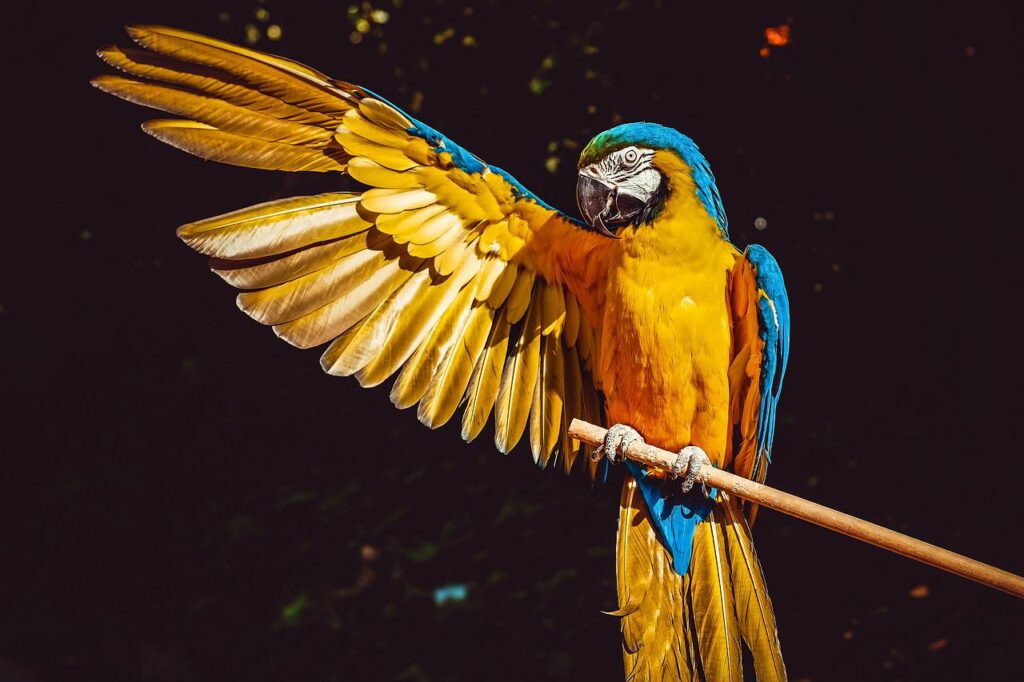
A parrot’s eyesight is the most acute sense out of their five senses. Whatever color humans see, parrots see. It has a great vividness and distinction between similar shades. Compared to human eyesight, parrots can see colors from the UV spectrum. Parrots’ eyes have low light-sensing photoreceptors. They cannot properly see in the dark because their eyes have more cones and fewer rods. They have poor night vision and are mostly active during day time.
Pigeon
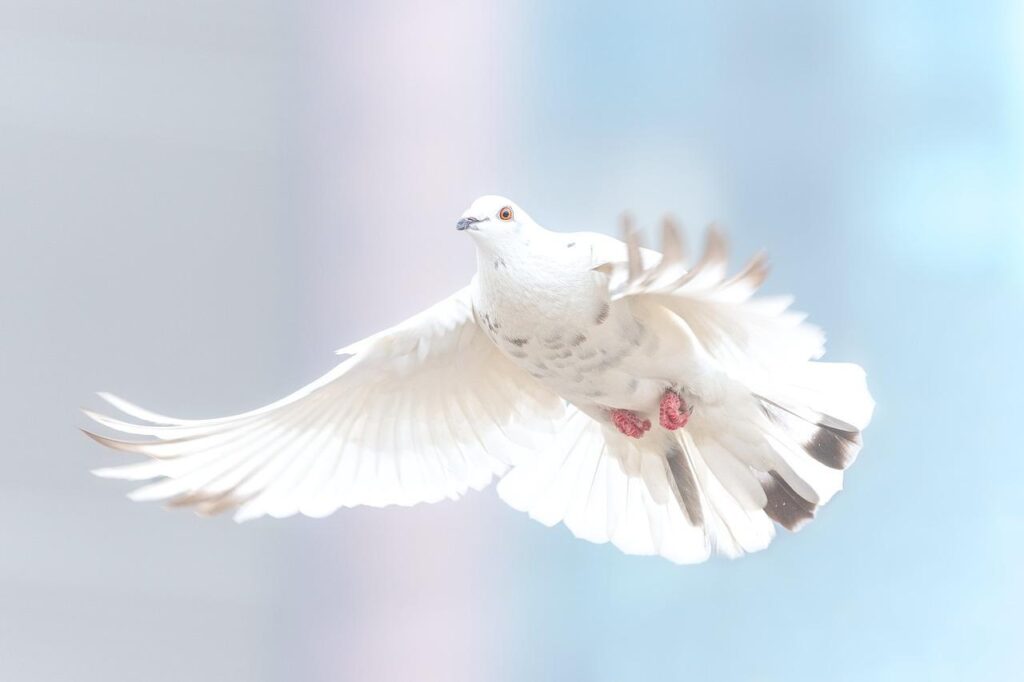
The pigeons have excellent eyesight. There are things that human eyes cannot perceive, and these are ultraviolet light. And because they are known to have an amazing vision, human search and rescuers use pigeons. The eyesight of the pigeons helps them in their survival mode. They have a wide vision field that allows them to see objects surrounding them 340 degrees horizontally and 135 degrees vertically.
Compared to the field of vision of humans of 180 degrees horizontally and 135 degrees vertically. These animals have a large eye proportion compared to their body size. Its shape is also different.
Chickens
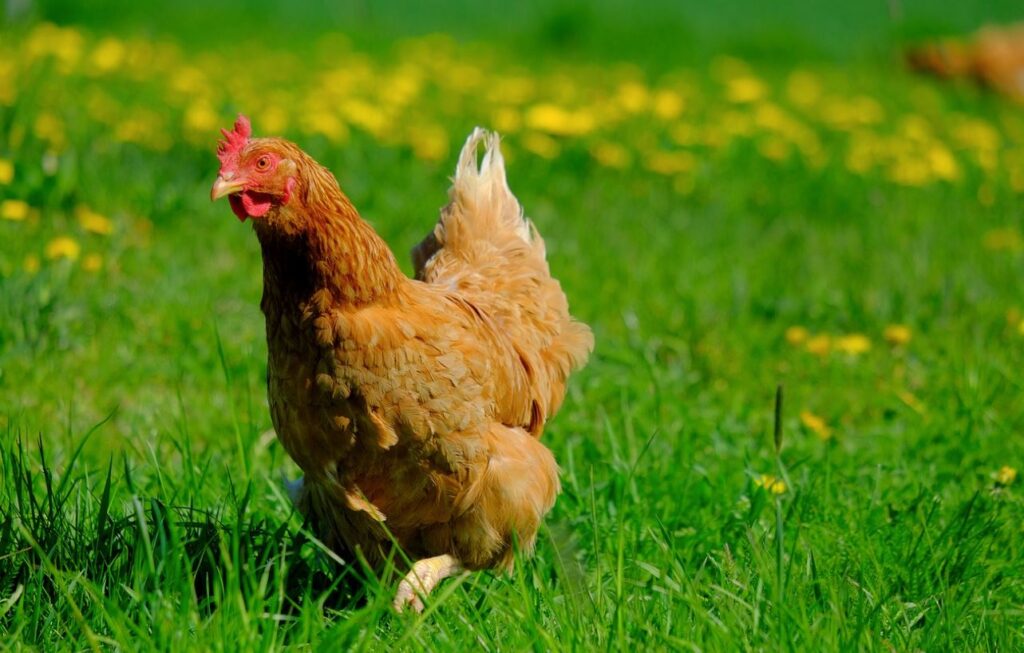
Chickens have good eyesight. They can see 300 degrees since their eyes are on the sides of their head. They can see things in red, green, and blue light and also UV light. Compared to human eyesight, they see more shades and colors.
But they are not able to see at night. They have no night vision so they cannot see in the dark. However, they can sense if it is light or dark because of its pineal gland. Aside from that, they can distinguish which spots or surfaces are deep and shallow.
Cows

Cows are not just monocular but also have a panoramic vision. Even when they do not move their heads, they can see things in every direction. They can see almost everything surrounding them instead of what is behind them. Because of their 36-degree eyesight, they can watch for humans and predators from every angle.
So, it is almost impossible to sneak up on them. Their eyesight is good that they can see things at night since their eyes can see in low light. These low light environments mean the light from the stars and moon.
Horses
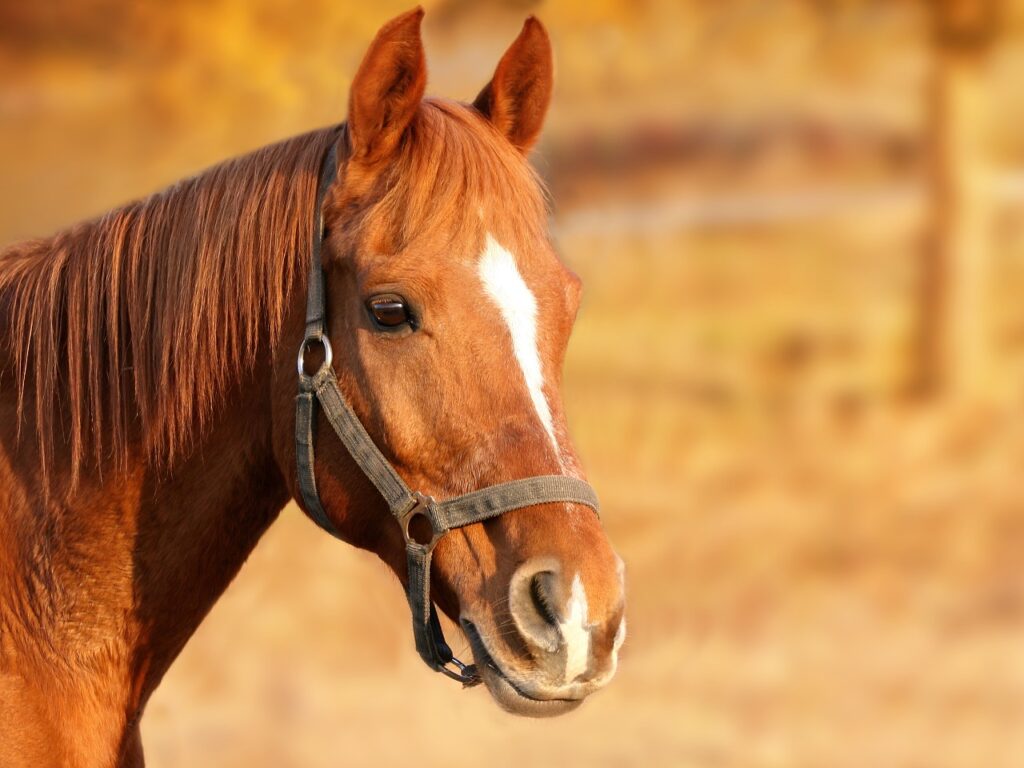
Horses have monocular vision that lets them see their predators quickly and early. Since they belong to prey animals, their monocular vision helps them to have a wide vision to outrun their predators.
Its eyesight has a 36-degree field of vision. Their eyes are placed high on its head, allowing them to have the greatest sight while grazing down. It can observe the width of its visual field. Sometimes it shifts briefly as they switch from monocular to binocular vision, making them spook.
Zebras

Zebras do have great eyesight. They can see great during daytime and nighttime as well. Scientists believe that zebras can see in different colors. Even though they can see colors, they cannot identify between certain colors, so they cannot distinguish orange from other colors. They are believed to have binocular-like vision even if their eyes are located on both sides of their heads.
The placement of their eyes gives them a wide field of sight. Apart from having a good vision, just like horses do (zebras belong to the horse family), they are also great in the sense of hearing. Even though zebras have night vision, they cannot see what is in front of them. Their blind spot is what is in front of them.
Lizards

The most common reptile that almost every household have is the lizard. Lizard’s eyes have a 360-degree field of vision. They can see closeup and distance. Lizards are reptiles, and most of the reptiles are tetrachromats.
Tetrachromat means their eyes have 4 cones to see the rainbow-like we humans do. Not only that, their vision is better than ours.
Vision is what the lizards rely on for their survival. They have night vision, which is why they hide most of the day and appear to be hunting for house insects during the night. And if you notice, when you come across facing a lizard, it will stare at you. If a lizard stares at you long enough, it means he is asking you for a portion of food.
Ostriches
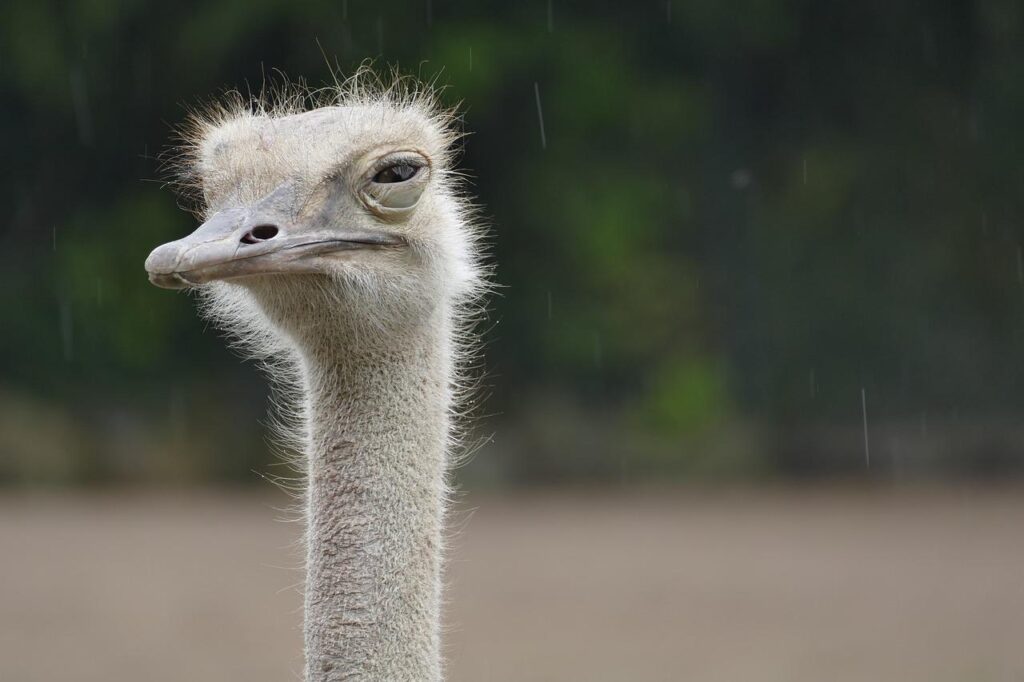
Did you know that ostrich has the largest eye among land animals? The eyes of the ostrich measure about 5 cm in diameter. They have that beautiful round eyes. They can see the movement of any object the size of a big dog even when it is 3 kilometers away during the day and 50 meters away at night.
Ostriches have good eyesight not only because of their tall height. They stand approximately 2 meters tall, so they have an excellent sight over the bushes and tall grass. They do have excellent eyesight because they are great at spotting the coming predators from away. So, whenever they sense danger is coming, they will lie low, hide, and stretch their long neck onto the ground.
Iguana

Iguanas can see shadows, colors, and shapes and have keen vision. They have good eyesight. They have what they called as the parietal eye. A parietal eye looks like a scale and can distinguish light and movement at a distance. It enables them to get prepared for the presence of any predatory birds.
Their exceptional eyesight enables them to navigate through the forests to find food. They also have visual signals to communicate with other iguanas and species alike.
Fishes

Almost all kinds of fishes have eyes on the sides of their heads. They have both rod and cone cells. This is for photopic and scotopic vision. Most of the fish species have color vision. They are sensitive to polarized light and UV lights. They believe that their depth of sight is poor. Just like most fishes, they somehow have a blind spot ahead of them.
Their “fish eye” lens or the retina is extended slightly. Fishes can navigate in total darkness. They may not be seeing everything at night but they have a sense of pressure in their body that makes them detect nearby animals.
Rats
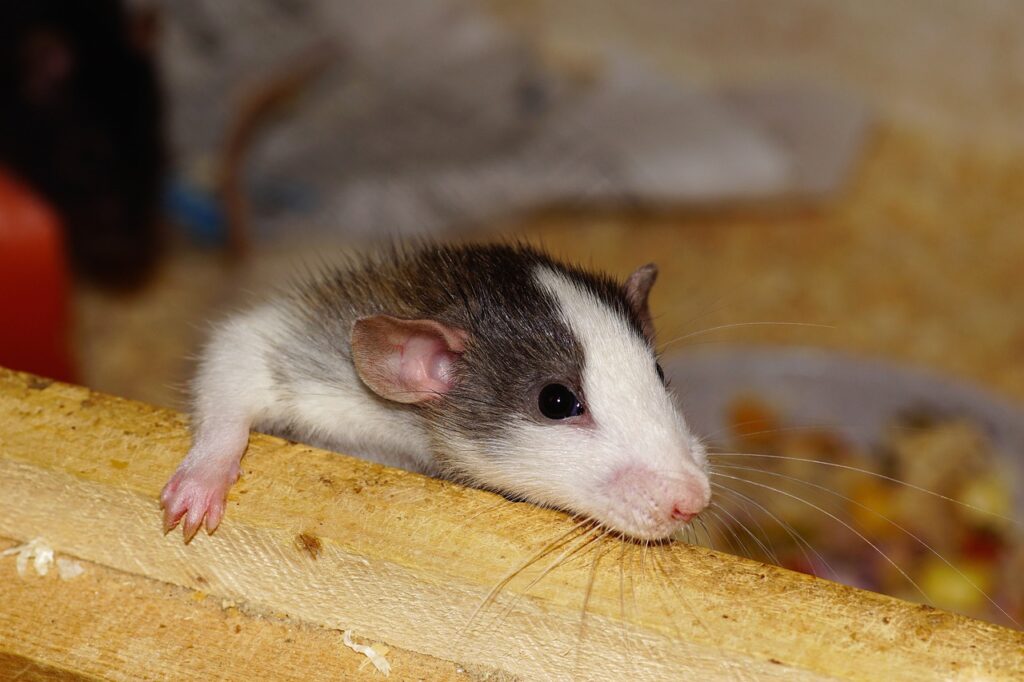
Rats can see in colors. And their eyes have two color cones: the first cone is for distinguishing the blue UV light, and the other one is for detecting Green Shades. Their detection of color is similar to humans; however, they are colorblind in red-green. It means that they see shades of red as generically dark.
Rats are surprisingly nearsighted, but they do not have visions at night. Their senses in the dark are limited, like how humans do. They can navigate their surroundings with the help of dim light at ease. They can use their sense of touch, hearing, and smell to go on to their surroundings at night.

